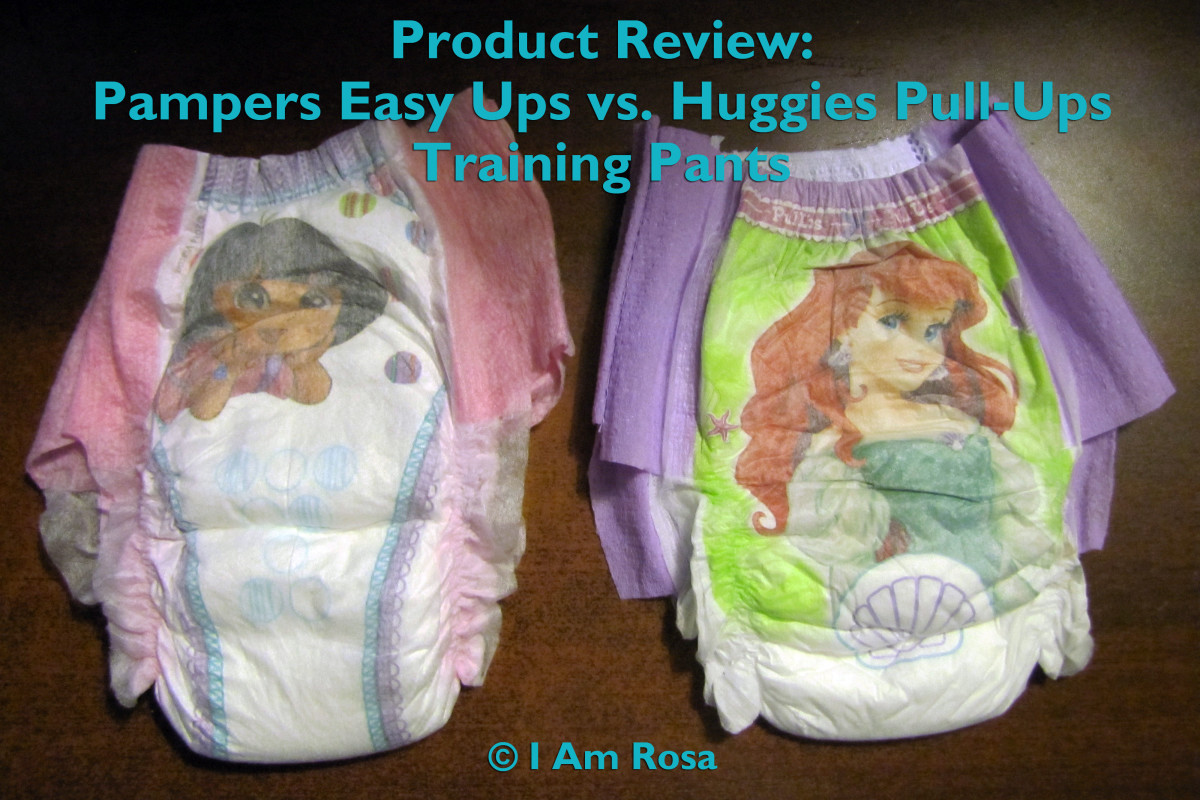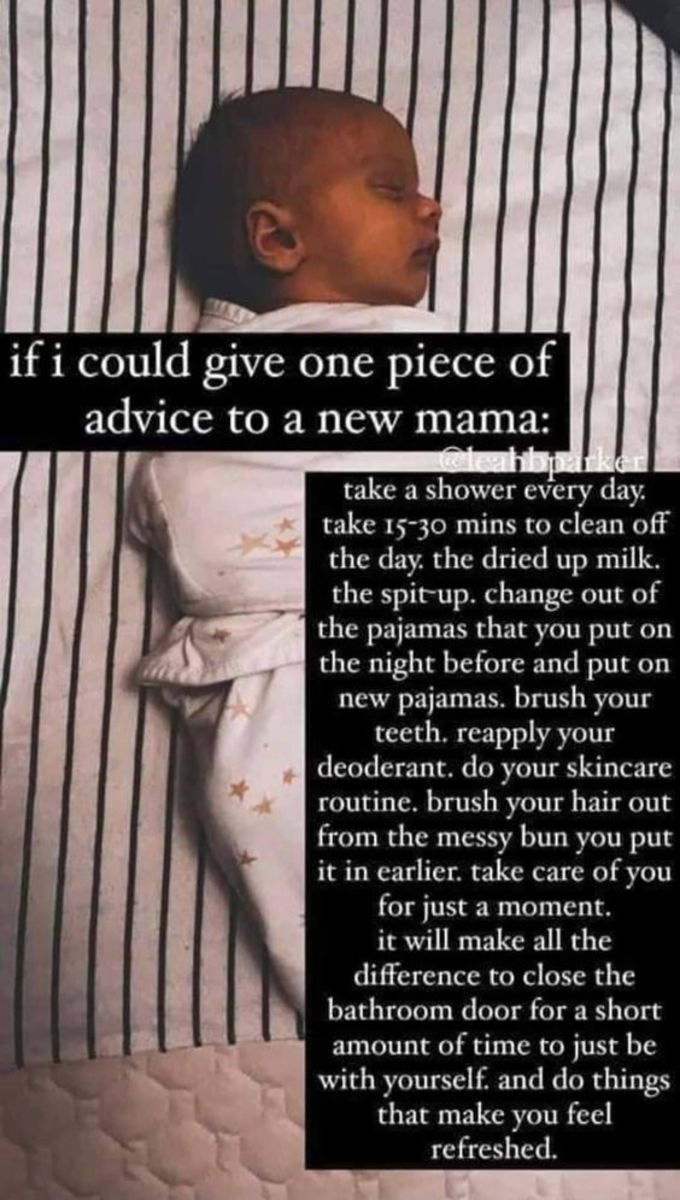Teaching Your Baby to Sign

A Skill For The Whole Family
I don't know about you, but as a mom, I can usually tell what my baby needs from his cries or body language. That doesn't extend to other family members though, who seem to think he only cries when he's hungry, which makes things frustrating for baby and everyone else. And there are times when even I don't know what he wants, when we have to play a guessing game to figure it out. I went through this a lot with my first son, which is why when I came across baby sign language before my second son was born, I decided I would start teaching it to him from the day he was born and see how long it took him to get the hang of it.
At 8 weeks old, he can already use the signs for "mama", "dada", "milk/baba", "up" and "more". All be it, they aren't fully formed signs, but the main idea is that he is doing them the best he can and it's clear enough that we can understand what he wants. He surprised me when he started using the sign for "milk" at 5 weeks old, but from there it's been a blast for both of us to learn new signs. It's made an amazing difference with our communication and with other family members who see him doing signs and then want to learn themselves so they can "talk" with him.
Baby sign language truly is a skill that everyone in the family can use, which will cut down on stress immensely. Once you see your little one using the signs they like or need, you'll never want to go back.
How to Teach Your Baby to Sign
Start as early as possible. Most babies won't pick it up until they are at least 6 months old, but there are many who do get it earlier and the earlier you can communicate, the more fun you two can have.
Sing your signs. Many of the signs that my 8 week old can now use, are ones that I used while signing to him. It wasn't any special song or anything. I do it a lot, and it could go something like this "I want 'more milk mama', 'more milk dada', 'more milk please'." or "pick me 'up mama', 'up dada', 'up up up'.", and use the signs for "more", "milk", "mama", "dada" and "up". You can change it up later by using the signs for "grandma", "grandpa", "brother", "sister", "auntie" or "uncle". My son absolutely LOVES it when we sing to him, and I have a feeling we owe much of baby's success in signing to singing the signs.
Use signs as often as you can. Seriously, this isn't only for your babies benefit, it's for yours. The consistency helps you remember the signs your teaching your baby, and you'll need to remember them, because you never know what baby might use first and it can deter baby from using signs if you don't respond to them.
Use the signs with actions or objects. This will help baby understand what they are signing and help them remember how to communicate what they want. When you give them a bottle or go to breast feed, use the sign for "milk" before, during and after. When you pick them up or sit them up, use the sign for "up".
Respond to the signs as soon as possible with an action or object. As soon as you see your baby signing "up", pick them up and use a happy voice and tell them "up!". If they sign for "milk", give it to them and say "that's milk!". Do this for all signs they use or try to use, that way you can reinforce and reward their great behavior.
Try out many signs. I know a lot of people advocate only starting out with a few signs for months, but I have found that my infant is more interested when I try out new signs every week. Some he tries to do, others he has no interest in or two complicated, but he still likes seeing me use them. It keeps baby interested and challenged.
Start out with necessary signs. Babies tend to learn signs that they need first, signs like "milk", "eat", "mama" and "dada" are signs they need, which is why they tend to learn them first. Then they start to use signs for things they want, like when they want you to pick them up ("up") or when they want you to give them more or do something again ("more"). So start out with necessary signs first, as this will be the best aide in infant-parent communication. Some signs you could look up first, "mama", "dada", "milk", "sleep", "diaper", "ouch/hurt", "cold", "hot", "eat" or "stop".
Use fun signs. You can't discount the benefits of making learning fun. Some signs are to complicated for your baby to do when they are young, but they might still try and they will still love learning even if they don't try out the new signs. Some fun ones could be "silly", "funny", "kitty", "bear", "hair", "hat" or "dance".
Get everyone to learn the signs. The more people who sign around your baby, the sooner they will understand that learning to sign will help them get what they want or need from you, which makes them more eager to sign sooner. So get the whole family on board and start signing!
Ask baby questions. I will often ask questions like "what's up baby?", "whats wrong?", "what do you want?", "do you want milk?" or even "show me?". They won't obviously understand all the questions, but they start to understand your facial expressions and tone of voice when you are asking them a question, which will give them the cue to give you a sign. Also, you can learn the sign for "what", which could be an even better que.
HAVE FUN! Above all, don't make this a strict thing with baby. Some days they will use signs, others they don't feel like it. Sometimes they will get a sign perfectly, and other times it will be under formed, it doesn't have to be perfect so long as you understand and they get what they want from it. Just make sure you have fun, because then baby will have fun and everyone will learn more.



